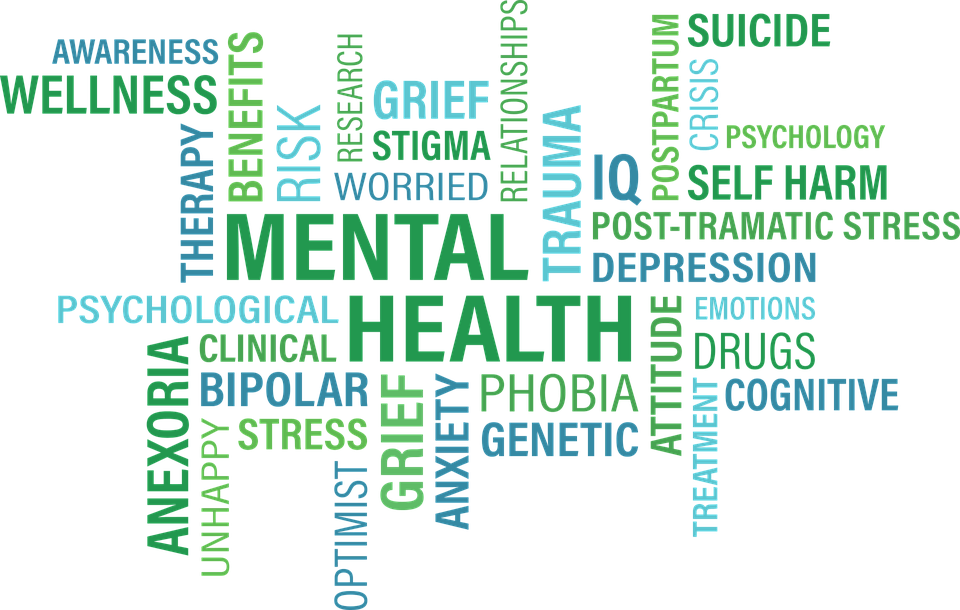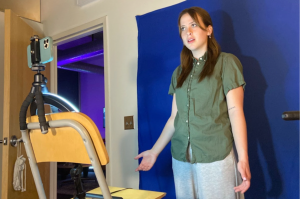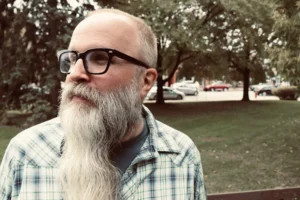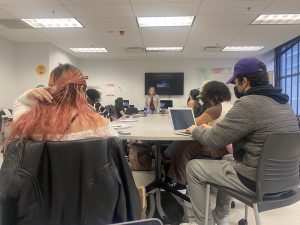
“When I was diagnosed, they thought it was genetic… but for me, it comes in waves,” explained Nicholas Swanton. “There’ll be times where I’m fine, functioning normally, but then something will trigger an episode,” he continued.
Swanton, 20, a Cinema Arts and Science major concentrating in Screenwriting at Columbia College Chicago, recalled periodic dips in his academic trajectory “as far back as I can remember,” due to what’s known as major depressive disorder.
During an episode of depression, one can be hindered physically, academically and socially, for several days, weeks or months.
“When I’m feeling depressed, going out is such a struggle that I forgo it completely,” said Swanton. “The anxiety that accompanies it is very prevalent, too; it can make everyday interactions feel three times as long.”
Certainly, Swanton is not the only one. In fact, research from the National College Health Assessment revealed that nearly 50 percent of college students last year felt hopeless, and over 35 percent felt so depressed they found it difficult to function.
Resources to begin seeking treatment are as immediate as local colleges like Columbia’s website. By means of an organization called the Screening for Mental Health, students can screen themselves for free, anonymously, to discover if they may need to reach out to a mental health professional.
The Screening for Mental Health, an organization that believes in the importance of treating mental health with the same gravity as physical health, has always prioritized education.
“Our main message is that it’s treatable,” said Meghan Diamon, the Screening for Mental Health’s Youth Programs Manager.
“I think it’s the university’s role to provide programs like these, in order to make sure students have access to screenings, counseling and most importantly in an educational setting, to teach people about mental health. A big issue is that there are a lot of people suffering and no one is talking about it,” Diamon added.
Indeed the stigma about suicide and mental health has remained a prominent factor in the recent rising statistics. The Screening for Mental Health has recognized that students are usually more inclined to talk to a friend rather than a counselor. Diamon goes on to urge those who are worried about a friend to ACT: Acknowledge, Care and get Treatment.

How does one go about treating their depression, generalized anxiety or mental health disorder? While there are many different ways to treat yourself, therapy is one that has been often misunderstood. Therapy is a life changing tool that isn’t simply for those living with depression, it’s for everyone.
Jessica Young, an Associate Professor in the Creative Arts Therapies Department at Columbia, advocates a non-traditional way to participate in therapy. Young, the acting chair of the department for this semester, performs therapy through the use of dance and movement.
“Oftentimes it can be difficult for people to find words to express their feelings,” said Young. “Advanced movement therapy is an excellent tool because it allows an entire non-verbal way of facilitating health and wellness.”
Advanced movement therapy is based on the idea that the body and mind are interrelated. Physically, the release of endorphins during dance and movement positively affect the brain, for example.
The role of a Dance Movement Therapist (DMT) is to observe what’s being communicated non-verbally, assess what’s happening and finally, create interventions.
This deeper level of communication and understanding of a patient’s emotions might be the reason why advanced movement therapy and DMTs are recognized by the U.S. Department of Education and the National Institute of Mental Health.
“All of our thoughts, behaviors and emotions are communicated non-verbally,” explains Young. “When you’re feeling sad, your body manifests that in a certain way … which allows us a way to enter into a patient’s embodied experience of whatever emotion they’re experiencing and check in with them, verbally. It helps individuals feel seen, heard and validated.”






















Be First to Comment